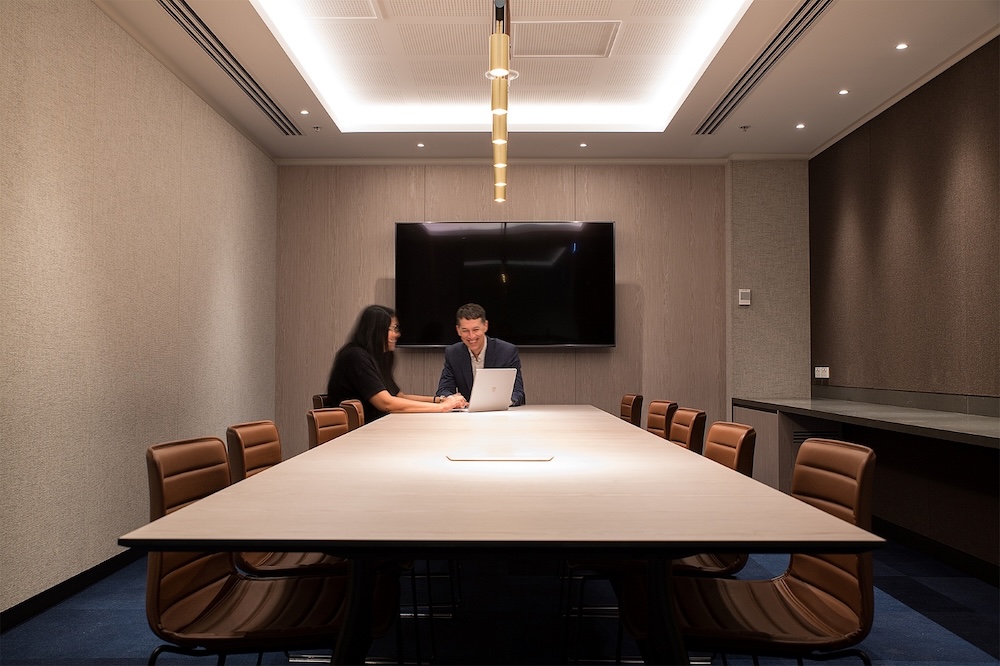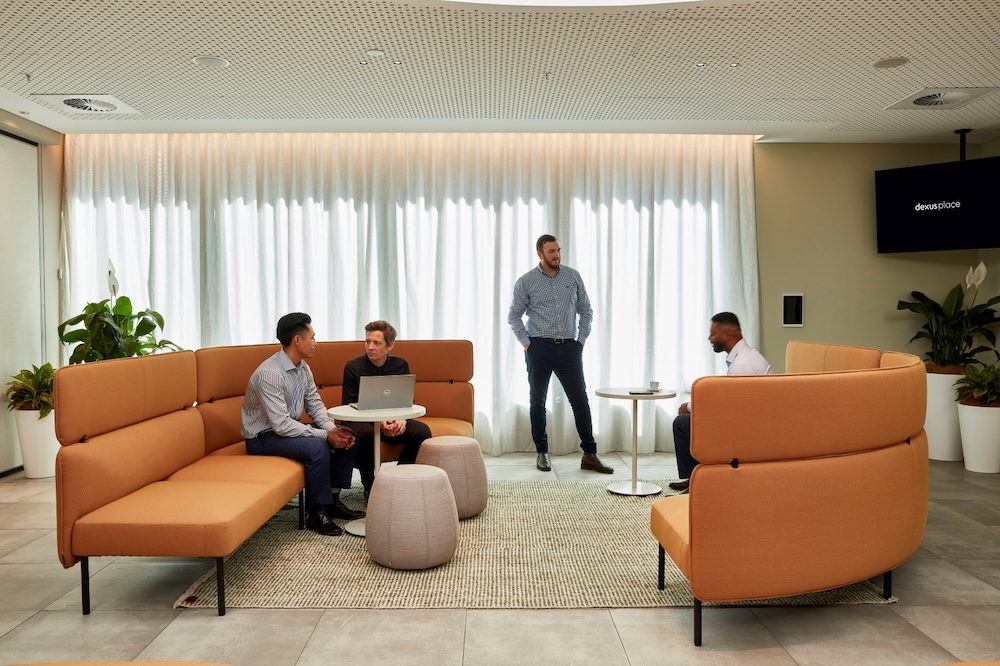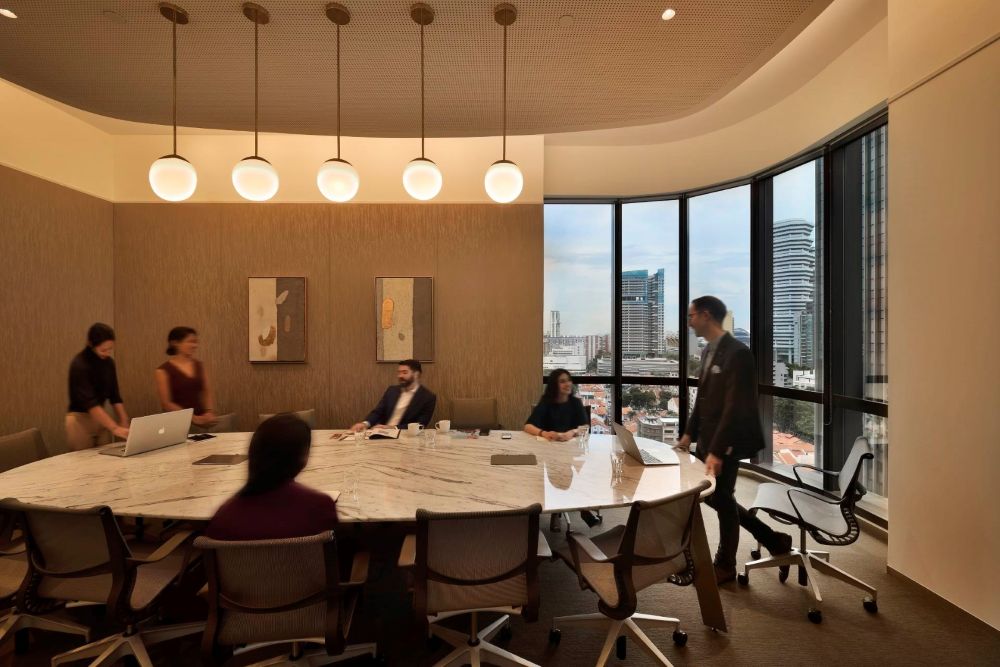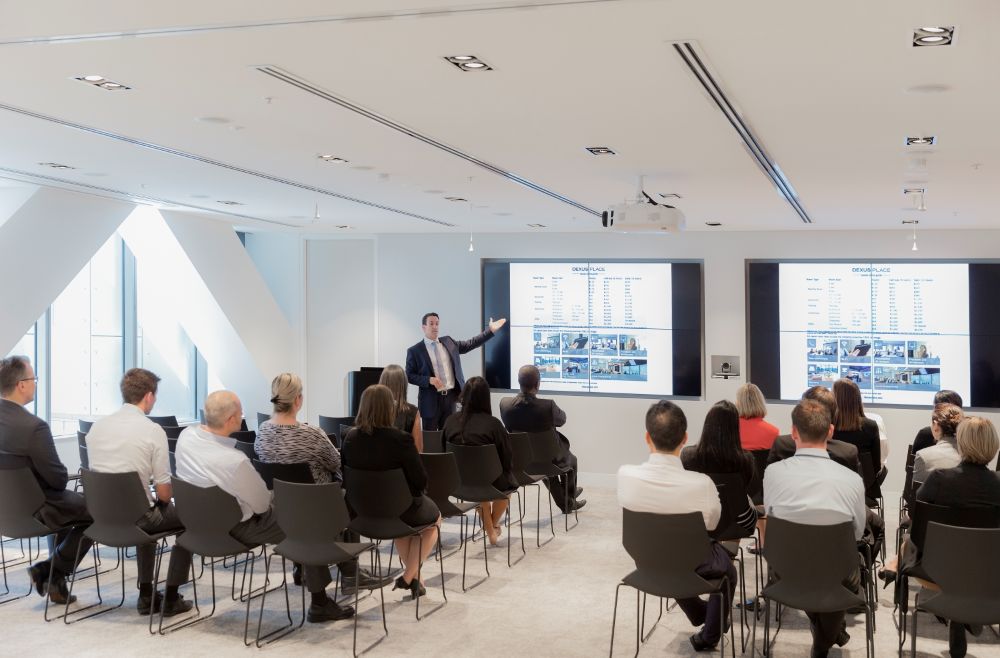In today’s dynamic work environment, open communication in the workplace isn’t just a feel-good principle — it’s a strategic necessity. From easing tensions during busy project sprints to driving innovation across departments, the ability for teams to speak honestly, listen actively, and collaborate transparently shapes how effectively businesses operate.
Whether you're managing a remote-first team or returning to in-person collaboration in a coworking space in Australia, building a culture of openness sets the stage for success. Here's why it matters — and how you can put it into action.
What Is Open Communication?
Open communication refers to a work environment where information flows freely between colleagues at all levels. It encourages:
- Transparency: Managers and employees share relevant updates, expectations, and concerns in a timely manner
- Accessibility: Leaders are approachable, and feedback loops are built into everyday workflows
- Mutual respect: Ideas and perspectives are welcomed, not judged — even when they challenge the norm
It’s not just about “talking more”; it’s about creating a psychologically safe space where dialogue is honest, inclusive, and solutions-focused.
The Benefits of Open Communication in the Workplace
Done right, open communication drives both performance and employee well-being. Here’s how:
1. Stronger Manager-Employee Relationships
Open communication between managers and employees fosters mutual trust and accountability. When expectations are clearly laid out and feedback is ongoing, misunderstandings are reduced — and employees are more likely to feel supported, not micromanaged.
Open dialogue also allows managers to spot issues before they escalate, from workflow bottlenecks to burnout risks.
2. Improved Team Collaboration
Transparency breaks down silos. When team members feel empowered to ask questions, raise concerns, or share ideas without fear of judgment, they collaborate more freely. This leads to better decision-making and more creative problem-solving — essential in fast-paced, cross-functional teams.
If you're working in flexible environments like coworking spaces, where team dynamics can shift rapidly, strong communication helps maintain alignment and momentum.
3. Higher Employee Engagement and Retention
Employees who feel heard are more likely to stay. Regular check-ins, clear communication of company goals, and opportunities for two-way dialogue show that leadership values staff contributions. This emotional investment translates into greater commitment and productivity.
What Gets in the Way of Open Communication?
Despite the clear benefits, achieving open communication isn't always easy. Here are some common challenges:
- Hierarchical structures: When authority lines are too rigid, employees may feel unsafe speaking up.
- Cultural norms: In some organisations or industries, speaking frankly may be discouraged.
- Remote or hybrid setups: Digital gaps can lead to misinterpretation or disconnection.
- Lack of psychological safety: Employees may fear being judged, ignored, or penalised for voicing honest feedback.
- Overloaded communication tools: When there’s “too much noise” — Slack, email, meetings — people might disengage entirely.
Recognising these roadblocks is the first step toward overcoming them.
Open Communication in Hybrid and Coworking Teams
In flexible work arrangements — whether fully remote or based in a coworking space in Australia — open communication becomes even more critical.
Without hallway chats or in-person cues, managers must be more intentional about creating space for discussion. Here are a few strategies that work well in distributed or hybrid teams:
- Daily or weekly syncs via video calls to stay aligned.
- Dedicated channels (e.g., Slack or Teams) for project updates and casual conversation.
- Clear documentation of decisions, next steps, and responsibilities.
- Virtual open-door hours where managers make themselves available for informal chats.
How to Foster a Culture of Open Communication
Creating a culture of openness starts from the top but is shaped by everyone. Here’s how to make it stick:
1. Lead with Vulnerability
Leaders who are honest about challenges — and open to feedback — set the tone for the rest of the organisation. Share your thought processes, admit when you don’t have all the answers, and invite input.
2. Create Safe Spaces for Feedback
Encourage feedback in all directions — not just top-down. Anonymous surveys, skip-level meetings, and feedback tools give employees multiple avenues to express themselves safely.
3. Clarify Expectations Around Communication
Set guidelines around how and when to communicate. For example:
- Use work applications like Slack for quick updates, not detailed debates
- Don’t expect immediate replies outside working hours
- Keep meetings focused and respectful of time
By codifying expectations, you reduce ambiguity and help everyone communicate more effectively.
4. Celebrate Openness
Recognise individuals or teams who practise open communication. Whether it’s through shout-outs, leadership opportunities, or performance reviews, reinforcing the behaviour helps embed it into company culture.
Redesigning Workspaces for Better Dialogue
Sometimes, space itself becomes a barrier to open communication. Overly closed-off environments can discourage interaction, while chaotic layouts may inhibit meaningful conversations.
That’s where thoughtful workspace design can make a difference. At The Work Project Australia, we believe your environment should support the way your team communicates — not hinder it. Whether you prefer breakout zones for brainstorming, corporate event spaces in Sydney for quarterly town halls, or soundproof booths for one-on-ones, our offices are built to enhance both focus and flow.
Building a Future on Openness

Manager and employee having a discussion in a TWP meeting room
Open communication in the workplace isn’t just a “nice to have” — it’s foundational to productivity, resilience, and team satisfaction. As the nature of work continues to evolve, so too must the way we talk, listen, and lead.
Whether you're in a traditional office, working remotely, or thriving in a coworking space in Australia, prioritising transparency and dialogue will help your people do their best work — together.
Looking to set your team up in a space that nurtures transparency, creativity, and collaboration? We invite you to explore how The Work Project can help shape the way your people connect.






